How Rubber Fenders Provide Cost-effective Solutions in Marine Fendering
Marine fendering is critical in protecting vessels and port infrastructure from damage during docking and mooring. Among the available fender types, rubber fenders have proven to be a cost-effective solution due to their durability, energy absorption capabilities, and low maintenance requirements. In this article, we will explore how rubber fenders offer cost-effective solutions in marine fendering and why they are essential for both port operators and shipowners.
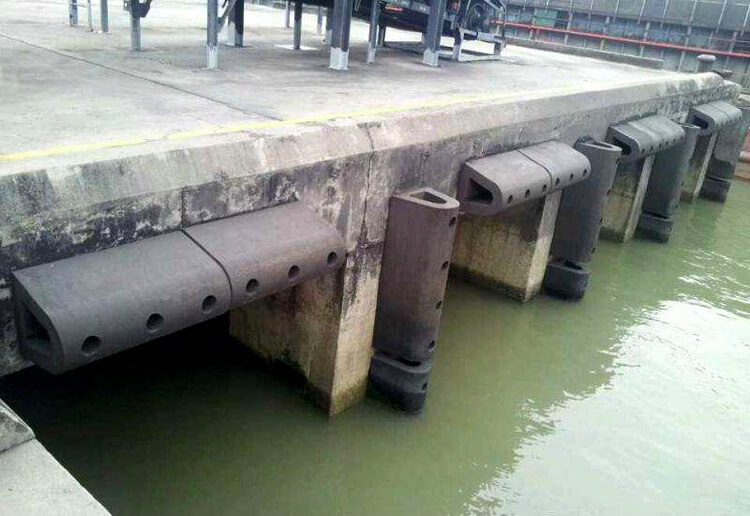
What are the Costs of Marine Fendering
This chart provides a concise overview of the various cost components associated with marine fendering, helping stakeholders understand the financial implications of implementing and maintaining fender systems.
| Cost Component | Description |
| Initial Purchase Cost | The upfront cost of acquiring fenders, which varies by type, size, and manufacturer. |
| Installation Costs | Expenses related to the installation of fender systems, including labor and equipment rental. |
| Maintenance Costs | Ongoing costs for inspections, repairs, and replacements to ensure fender functionality. |
| Operational Downtime | Potential loss of revenue during installation or maintenance periods when fender systems are not operational. |
| Shipping Costs | Expenses associated with transporting fenders to the installation site. |
| Customization Costs | Additional costs incurred for tailored fender designs or modifications to meet specific requirements. |
| Environmental Compliance | Costs related to adhering to environmental regulations, including disposal of old fenders and sourcing sustainable materials. |
| Insurance Costs | Potential increase in insurance premiums based on the type and risk associated with fendering systems. |
| Replacement Costs | Future costs of replacing worn-out or damaged fenders, factoring in their lifespan and durability. |
| Training Costs | Expenses for training personnel on proper fender handling, installation, and maintenance procedures. |
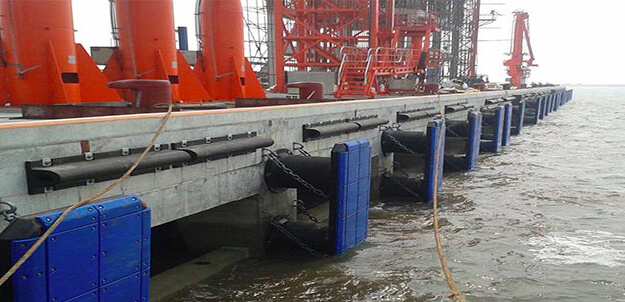
Key Benefits Provided by Rubber Fenders for Cost-effective Solutions in Marine Fendering
Rubber fenders provide cost-effective solutions in marine fendering through several key advantages, which ensure protection for vessels and docks while keeping expenses low.
1. High Durability and Long Lifespan
Rubber fenders are known for their exceptional durability. They are specifically designed to withstand harsh marine environments, including exposure to saltwater, UV radiation, and temperature extremes. This durability ensures a longer operational lifespan compared to other materials like wood or plastic, which can degrade or wear out more quickly under similar conditions.
The longevity of rubber fenders translates into fewer replacements over time, reducing the overall cost of maintaining the fendering system. Ports and shipowners can save significantly by investing in rubber fenders that last for years with minimal deterioration, providing long-term cost benefits.
2. Superior Energy Absorption
One of the key features that make rubber fenders cost-effective is their ability to absorb large amounts of energy during impact. When a vessel docks, the fenders compress and absorb the kinetic energy, minimizing the force transmitted to both the dock and the vessel. This capability reduces the likelihood of damage to ships, piers, and quays, which can lead to expensive repairs.
By preventing damage to these high-value assets, rubber fenders offer considerable savings in repair costs and downtime, as vessels can dock safely without harming the infrastructure or the ship itself. Additionally, the low reaction force generated by rubber fenders minimizes stress on mooring systems, further contributing to their protective benefits.
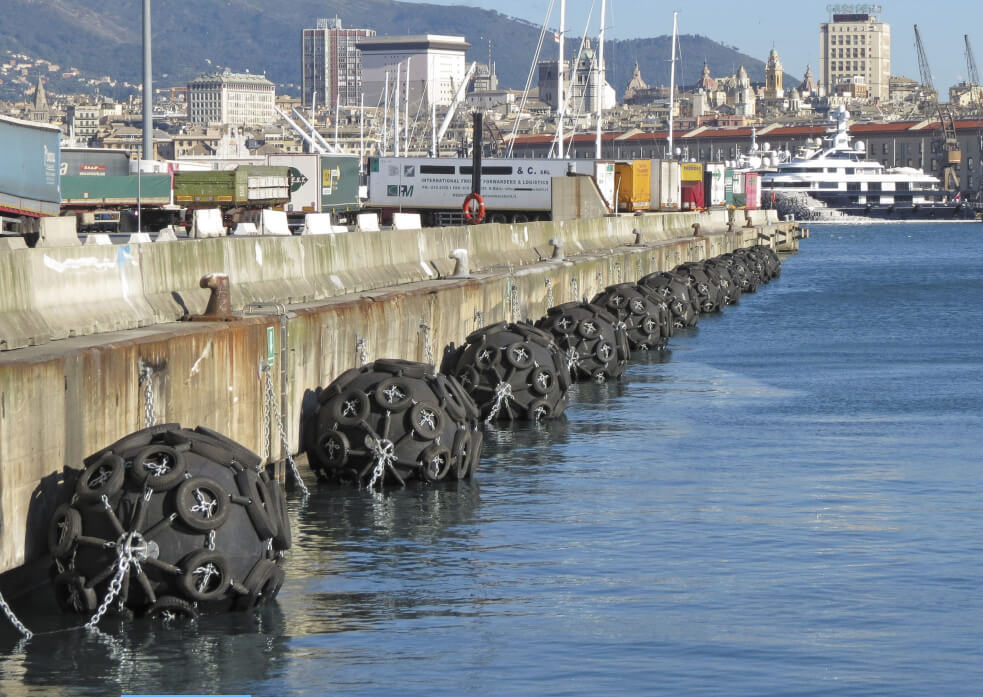
3. Low Maintenance Requirements
Rubber fenders require minimal maintenance due to their resistance to environmental factors such as corrosion, weathering, and chemical exposure. Unlike other fender types, which may need frequent inspections, repairs, or replacements, rubber fenders retain their functionality over long periods with little intervention.
This low-maintenance nature is a significant cost-saving factor. By reducing the need for constant maintenance and repair, port operators and shipowners can allocate their resources more efficiently and avoid the recurring expenses associated with fender upkeep.
4. Ease of Installation and Retrofitting
Rubber fenders are relatively easy to install, making them an attractive option for both new and existing docks. They can often be fitted to existing structures without the need for significant modifications, reducing initial installation costs and minimizing operational disruption.
Furthermore, rubber fenders are compatible with various mounting systems, allowing for straightforward retrofitting when upgrading older fendering systems. This flexibility in installation and retrofitting helps port operators adopt rubber fenders without incurring excessive upfront costs or experiencing prolonged downtime, making them a practical solution for enhancing dock safety and efficiency.
5. Versatility and Customization
Rubber fenders come in a wide variety of shapes, sizes, and designs, ensuring that they can be customized to meet the specific requirements of different marine operations. Common types include cylindrical, cone, arch, and D-shaped fenders, each tailored to handle various vessel sizes, docking configurations, and impact forces.
This versatility allows port operators to select the most appropriate fender for their needs, ensuring optimal protection without over-engineering. By matching the right fender to the docking scenario, ports can avoid overspending on unnecessary protection while ensuring that their vessels and infrastructure are adequately safeguarded. Custom rubber fenders provide an efficient balance between performance and cost, offering tailored solutions that maximize value.
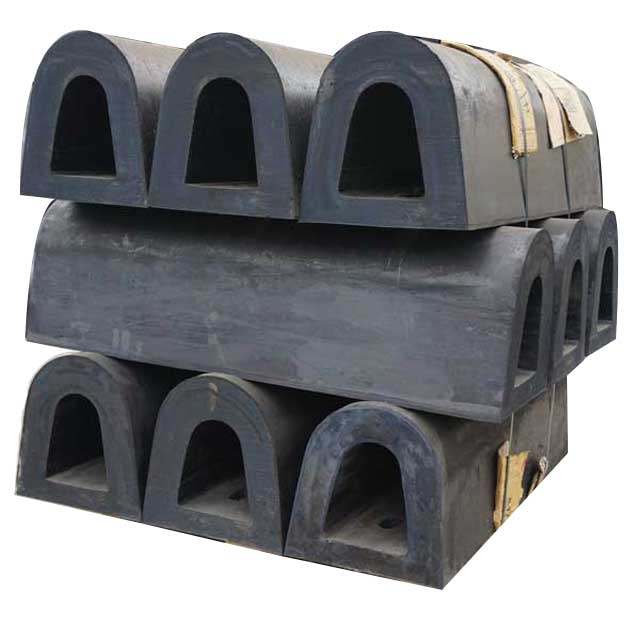
6. Environmental and Economic Sustainability
Many rubber fenders are manufactured using recycled rubber materials, contributing to both environmental and economic sustainability. By reusing materials that might otherwise end up as waste, rubber fender manufacturers reduce the environmental impact of production and lower material costs.
In addition, the extended lifespan and reduced maintenance requirements of rubber fenders contribute to a smaller environmental footprint over time. Fewer replacements and repairs mean less material waste, lower production demands, and a reduction in the resources required for fender system upkeep. This combination of environmental responsibility and long-term savings reinforces rubber fenders as a sustainable and cost-effective solution in marine fendering.
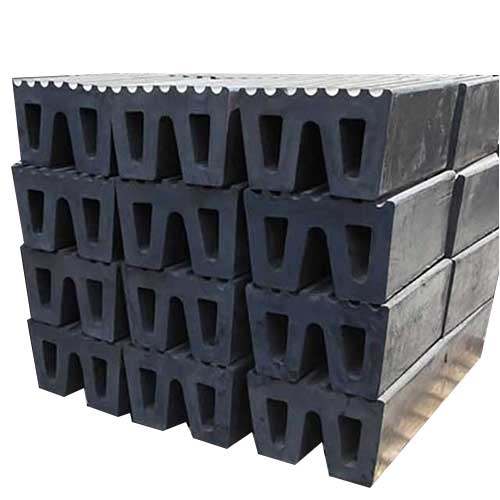
In summary, rubber fenders offer a cost-effective solution for marine fendering by combining durability, superior energy absorption, and low maintenance requirements. Their ability to protect vessels and port infrastructure while minimizing operational costs makes rubber fenders an ideal choice for ports and shipowners seeking reliable, long-term fendering solutions.

